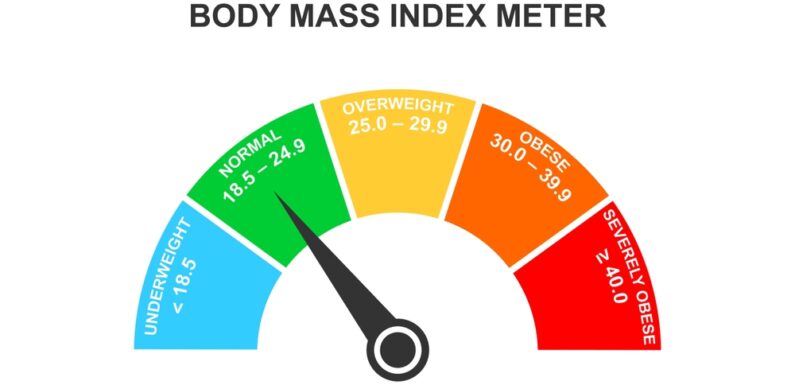
INTRODUCTION
When it comes to measuring your weight and health, two common tools are BMI (Body Mass Index) and body fat percentage. Both give information about your weight, but they focus on different things. You can find your bmi by comparing your weight to your height, while body fat percentage looks at how much fat is in your body compared to everything else like muscle, bone, and water.
Although both are used to check if someone has a healthy weight, body fat percentage often gives a more accurate picture, especially when it comes to health risks.
WHAT IS BMI?
BMI is a quick and easy calculation that uses your height and weight to estimate whether you are underweight, normal weight, overweight, or obese. The formula is:
BMI = (Weight in pounds / Height in inches²) × 703
Here are the general BMI categories:
Underweight: Less than 18.5
Healthy Weight: 18.5 – 24.9
Overweight: 25 – 29.9
Obese: 30 and above
Although it’s useful for quick checks, BMI doesn’t tell you how much of your body is muscle or fat. For example, athletes may have a high BMI because of muscle mass but very low body fat. Also, BMI does not show how fat is distributed in your body — especially around the stomach, which is a key factor in many health issues.
WHAT IS BODY FAT PERCENTAGE?
Body fat percentage tells you how much of your body is made up of fat. It gives a clearer picture of your body composition. Unlike BMI, it shows whether your fat levels are healthy or risky.
There are several ways to measure it:
Skinfold calipers: Measures fat under the skin.
DEXA scan: A scan that shows fat, bone, and muscle.
Bioelectrical impedance (BIA): Sends a small electrical current through your body.
Bod Pod: A machine that measures air displacement to estimate fat and muscle.
Although body fat percentage gives more details, it usually requires professional help and equipment, which can be expensive or hard to find.
WHICH IS MORE ACCURATE?
Research shows that BMI alone doesn’t always reflect true health. A 2023 study of 3,001 people found that many had normal BMIs but unhealthy levels of body fat. These individuals had high levels of bad cholesterol, triglycerides, and larger waist sizes — all signs of health problems.
In fact, two people with the same BMI can have very different body fat percentages. Women tend to carry more fat than men and fat levels can also vary by age and race. These details aren’t captured by BMI.
CONCLUSION
BMI is a useful starting point because it’s simple and easy to calculate. But it doesn’t tell the whole story. Body fat percentage offers more insight into your actual health, especially for those with high muscle mass or fat around the belly.
Ideally, both tools should be used together. Talk to a healthcare provider to understand what numbers are healthy for you personally. A healthy BMI doesn’t always mean a healthy body — and vice versa.

